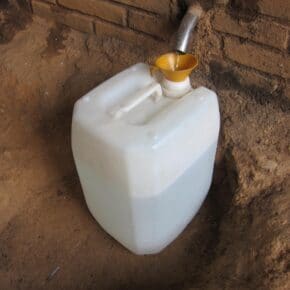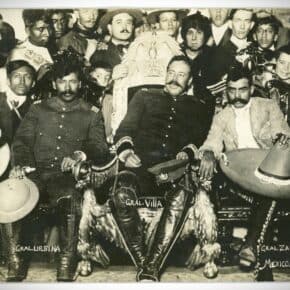A friend recently passed along this story which provocatively speculates that mole came to Mexico through the Islamic influence in Spain. It seemed like a great story and sparked lots of discussion. If we had been in a bar I’m sure this would have gone on until one of us hit the floor. Fortunately an archeologist friend of that original friend got wind of the discussion and jumped in to dispel our wayward hypothesis. That gentleman is named Ian Robertson–an archaeologist who works at Teotihuacan, and whose suegra is an excellent cocinera de mole. Here’s what he had to say:
“It’s easy for me to acknowledge that modern Mexican foodways owe a lot to the Spanish, and to imagine that the Spanish may have adopted a lot of their cuisine from the Moors. But it goes too far to lay any serious claim to mole! If you ignore mole poblano for the moment, most Mexican moles are essentially prehispanic dishes, easily recognizable from the writings of Sahagun. There are few or no innovations in ingredients or cooking methods that you can attribute to post-conquest contact. Mole poblano is essentially a prehispanic dish elaborated with some new spices, and it’s probably the most deliberately innovative of the group.”
“Then there’s the linguistic issue: Molli (the Nahuatl word for what we call mole) may (sort of) mean “sauce”, but more fundamentally, it means sauce produced through the action of grinding things. The Nahuatl verb “mola” means “to grind”, hence molcaxitl (molcajete in modern Spanish), kitchen tools that go way back in the archaeological record. The article’s claim that the word “mole” has at least some etymological connections with Spanish and/or Portuguese is simply wrong.”
If this discussion got you hungry make sure that you plan to attend the upcoming Feria de los Moles on October 6th or the Taste of Mexico event on October 11th. Both are in LA, the latter will feature mezcal and our very own Susan Coss will be in the mix.












Leave a Comment